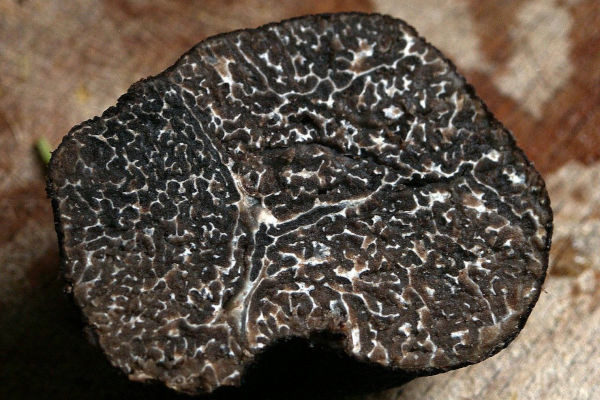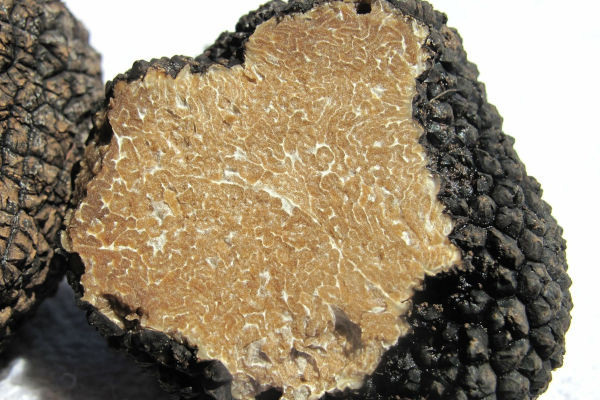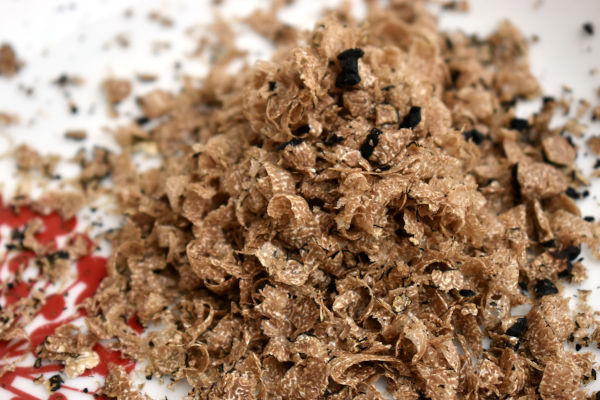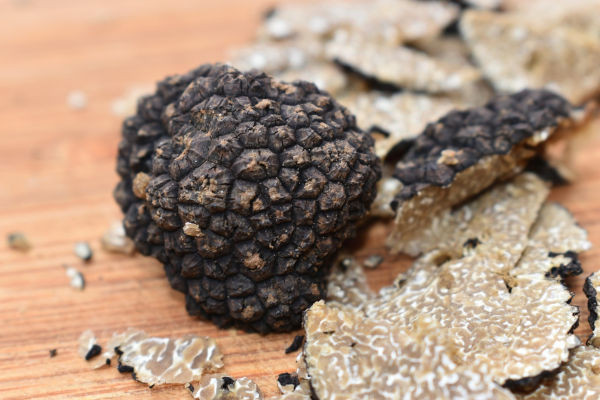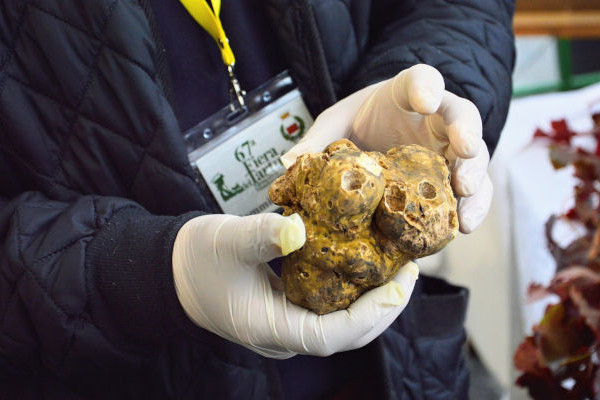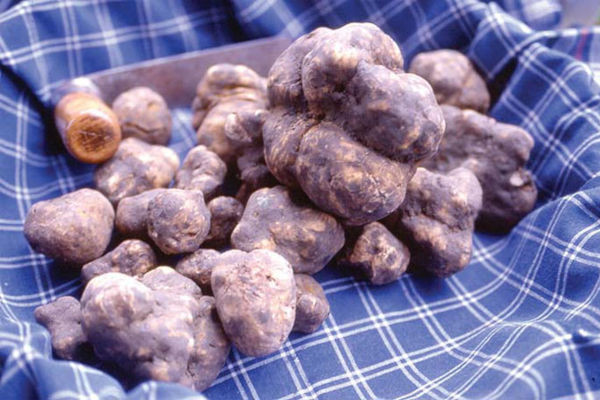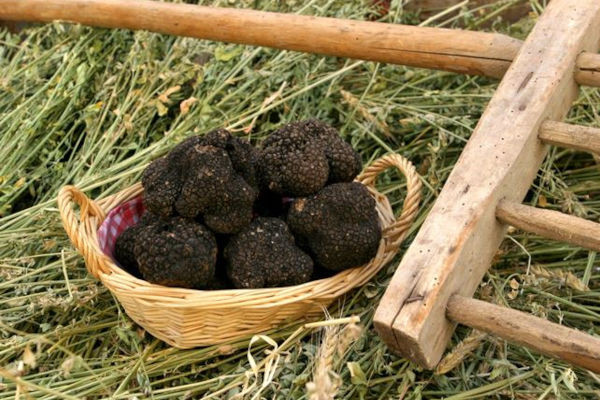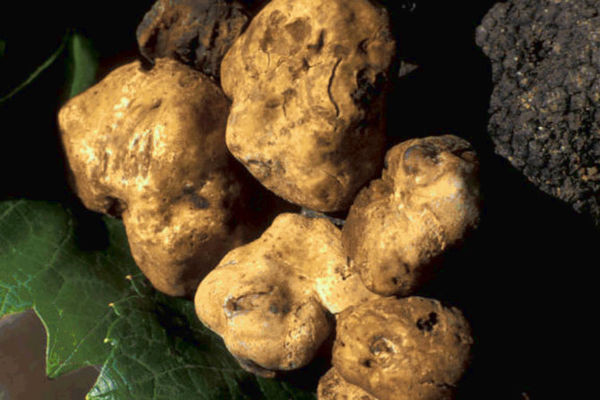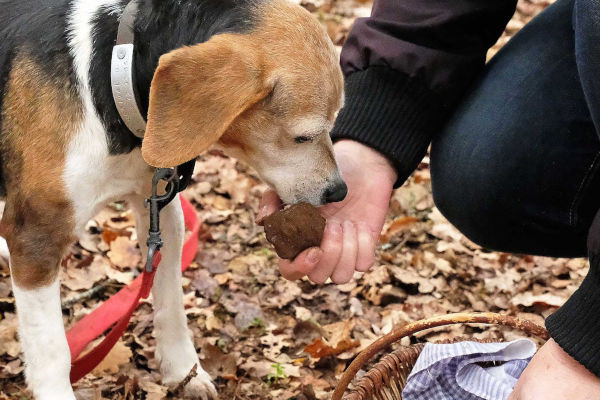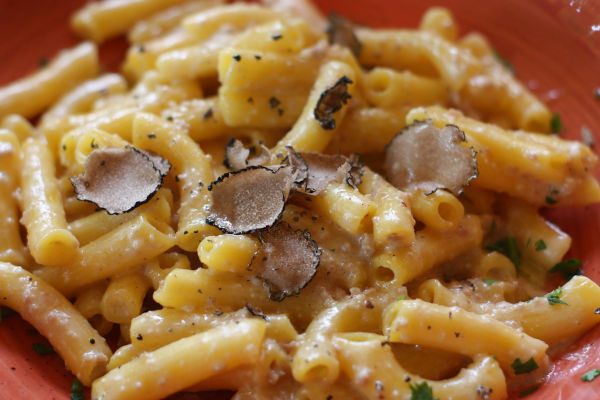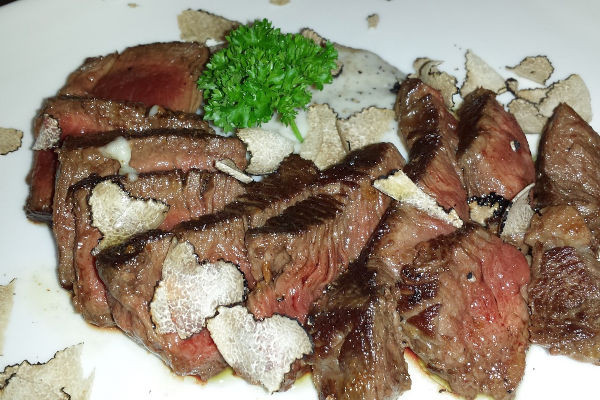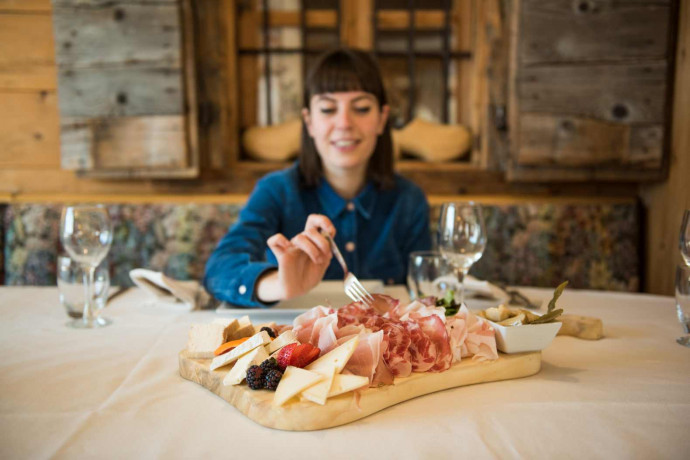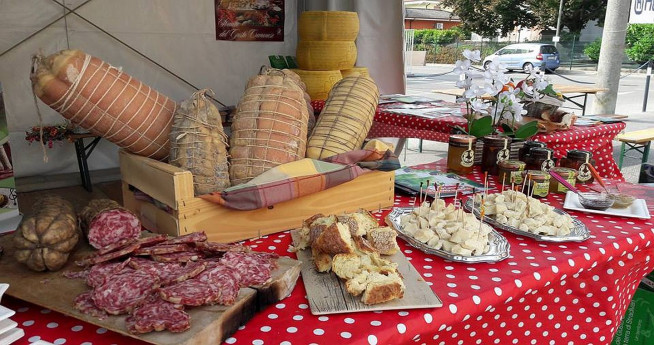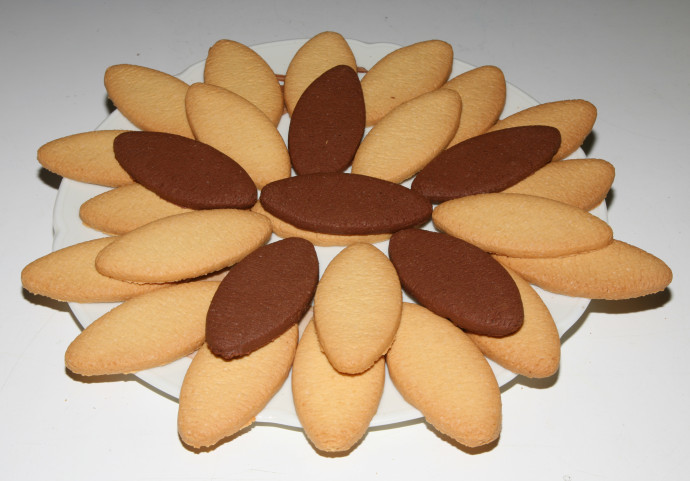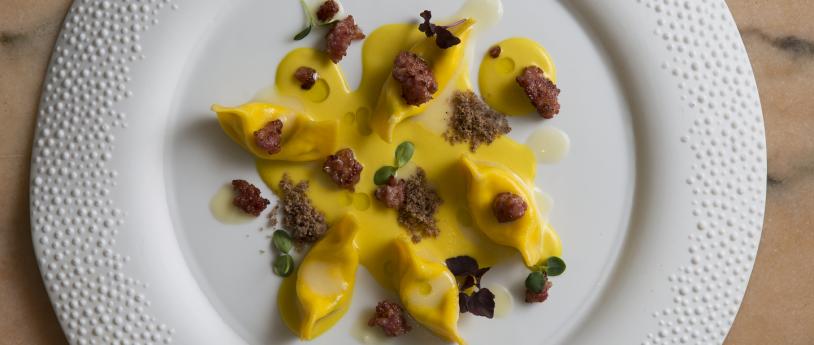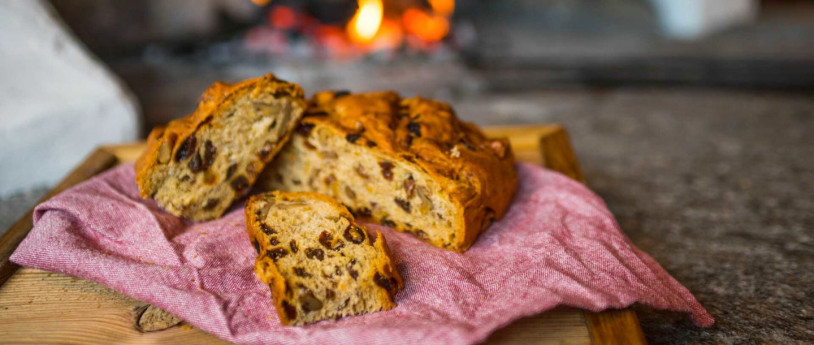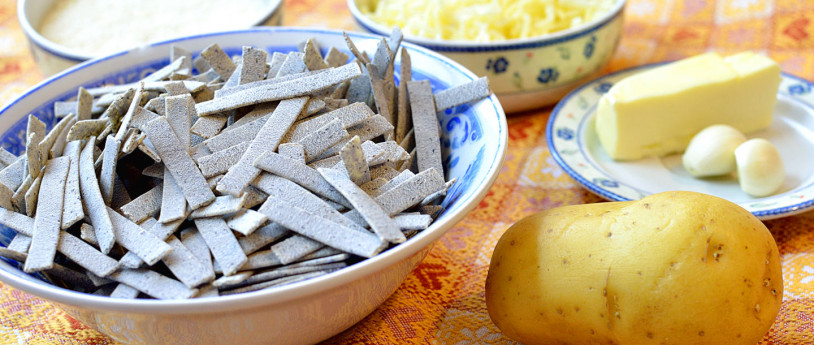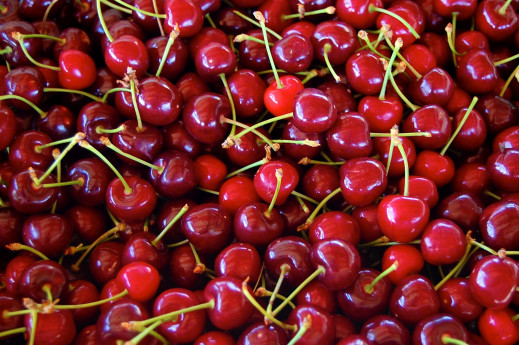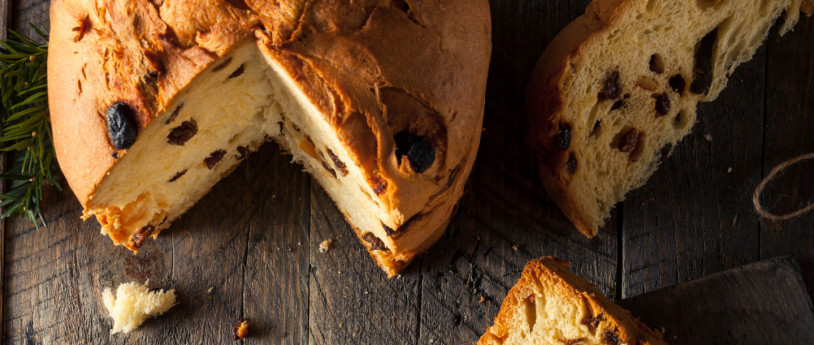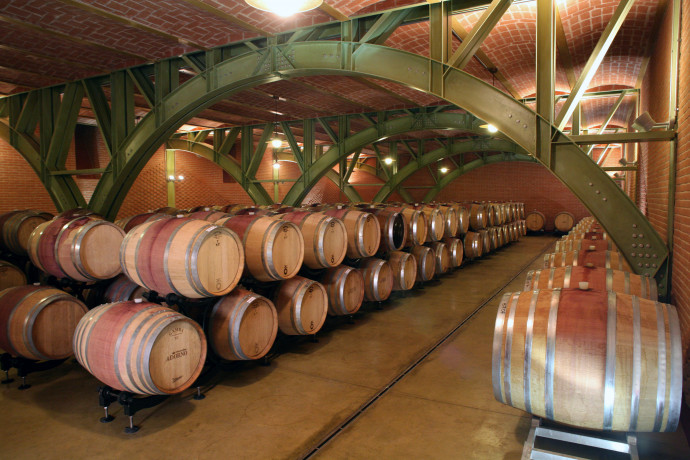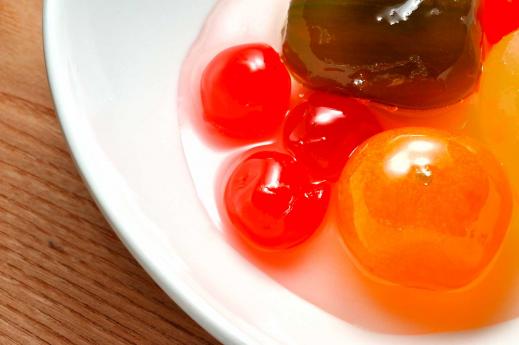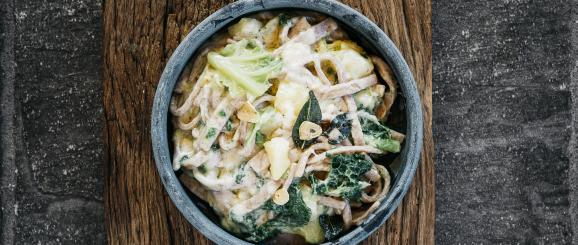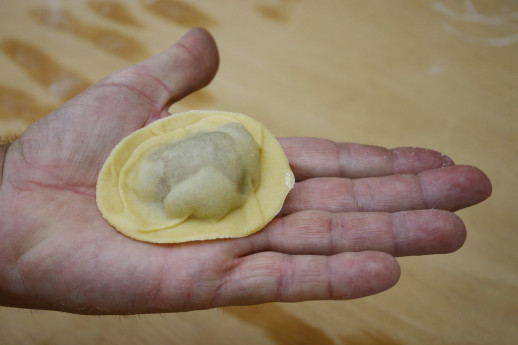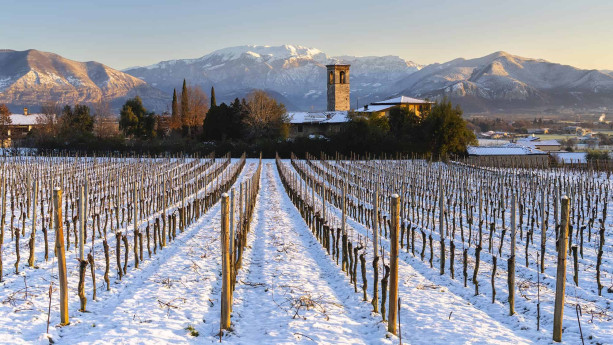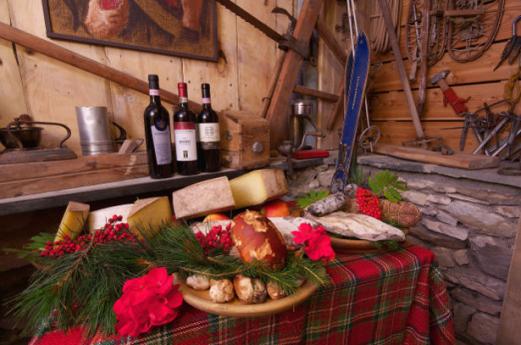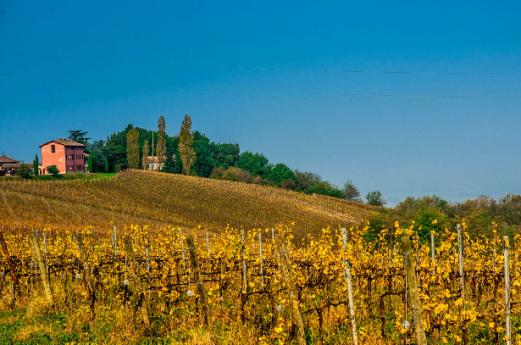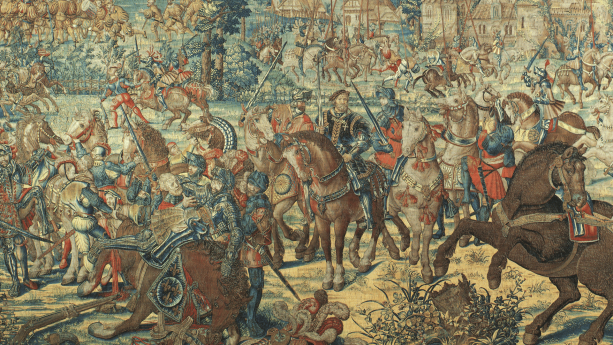- Food & Wine
- Active & Green
Hunting for truffles, the diamonds of the Lombardy table
As a superb condiment for delicious dishes and a highly prized ingredient in the cuisine of Lombardy, the truffle is an essential ingredient.
Its unique flavour is either loved or hated: it is adored by the palates of some diners and intolerable even to the sense of smell of others. Yet nothing is considered more delicious than a plate of tagliolini with truffles, which make even two simple fried eggs unbeatable.
It is well known that the difficulty of collecting truffles them makes them extremely valuable and expensive. However, not everyone knows that Lombardy is an extraordinary location for finding them, and that harvesting truffles has been added to the list of the Unesco Intangible Cultural Heritage of Humanity.
Collecting truffles in Lombardy: what you need to know
The region of Lombardy is home to prized truffles. But where do they grow in Lombardy? What types of truffle are most common in our region? How, when, and where can they be collected? Where can they be eaten and how much do they cost?
The truffle, a truly unique mushroom
Yes, the truffle is an underground fungus that lives in symbiosis with certain trees (poplars, lime trees, oaks, willows, etc.), growing close to their roots. Its scent is intense and highly penetrating, and its shape depends on the quality of the soil. The softer the soil, the smoother the truffle will be; if the soil is more compact, it will grow gnarled.
There are countless varieties of truffle, but the most common edible ones on the market are the following 6: the prized white truffle, the prized black truffle, the summer black truffle or Scorzone, the marzuolo or bianchetto truffle, the winter black truffle or Trifola nera, and the black uncinato truffle or Scorzone invernale. Each has its own taste, flavour, growing area, and harvesting period.
Where truffles grow in Lombardy
Truffles grow spontaneously in isolated wooded areas. These are visited by professional truffle hunters, who will not reveal them to anyone. In Lombardy, the best habitats or areas for truffles are: the Oltrepò Pavese, including the area south of the Po and the floodplains where black truffles and, more rarely, the prized white truffle can be found; and the province of Mantua. Here, the valuable white truffle can be found in the lower part of the province and the prized black truffle and the Scorzone grow in the upper part.
Within Lombardy, rich deposits of truffles can also be found in the morainic hills of the Garda area of Brescia (where the prized and ordinary black truffle can be found) and in the Bergamo province, along the Brembo river (where the prized black truffle and the Scorzone can be collected).
Rules, tools, and calendar for harvesting truffles in Lombardy
In Lombardy, truffles can be freely collected in natural truffle grounds, woods, and non-cultivated areas. It is forbidden, however, to harvest them from cultivated land or controlled and cultivated truffle grounds. Above all, you should respect the truffle-harvesting calendar in Lombardy.
If you are really passionate about this activity, you should know that, as with mushrooms, you need a special pass to collect truffles, which is issued by the Lombardy region after an aptitude test. This verifies knowledge of the various species of truffles, the techniques used to locate and harvest truffles, and sector regulations. Here you can find a manual to prepare you.
And don't forget your essential companion for harvesting truffles: a dog, trained to locate and signal where the ripe truffle is hidden. The dog’s talented rival is the pig, which, however, has one flaw: when a pig finds a tasty mushroom buried underground, it eats it!
Another essential tool for harvesting the precious mushrooms hidden in the ground is the truffle spade. There are all kinds of spades (arrowhead, heart-shaped, rectangular, hooked, flat-bladed, steel, folding, etc.), each suited to different soils and extraction conditions.
Maybe you prefer to find your truffles on your plate?
If you are near Pavia, don’t forget to try risotto with black truffles collected by the truffle hunters of Artop, the Oltrepò Pavese Truffle Researchers Association. In the province of Mantua, you can follow the Strada del Tartufo (truffle trail). You will find locations, routes, events, exclusive tasting sessions, and even Tru.Mu, a museum dedicated to the prized white truffle.
How much do truffles cost?
In order to define the cost of this jewel of Italian gastronomy, there are real “stock markets” that compare the values of multiple sources. Today the price of 1 hg (hectogram) of the precious mushroom is around €400 and a grated white truffle can cost €35/40. Gastronomic delights don’t come cheap...
